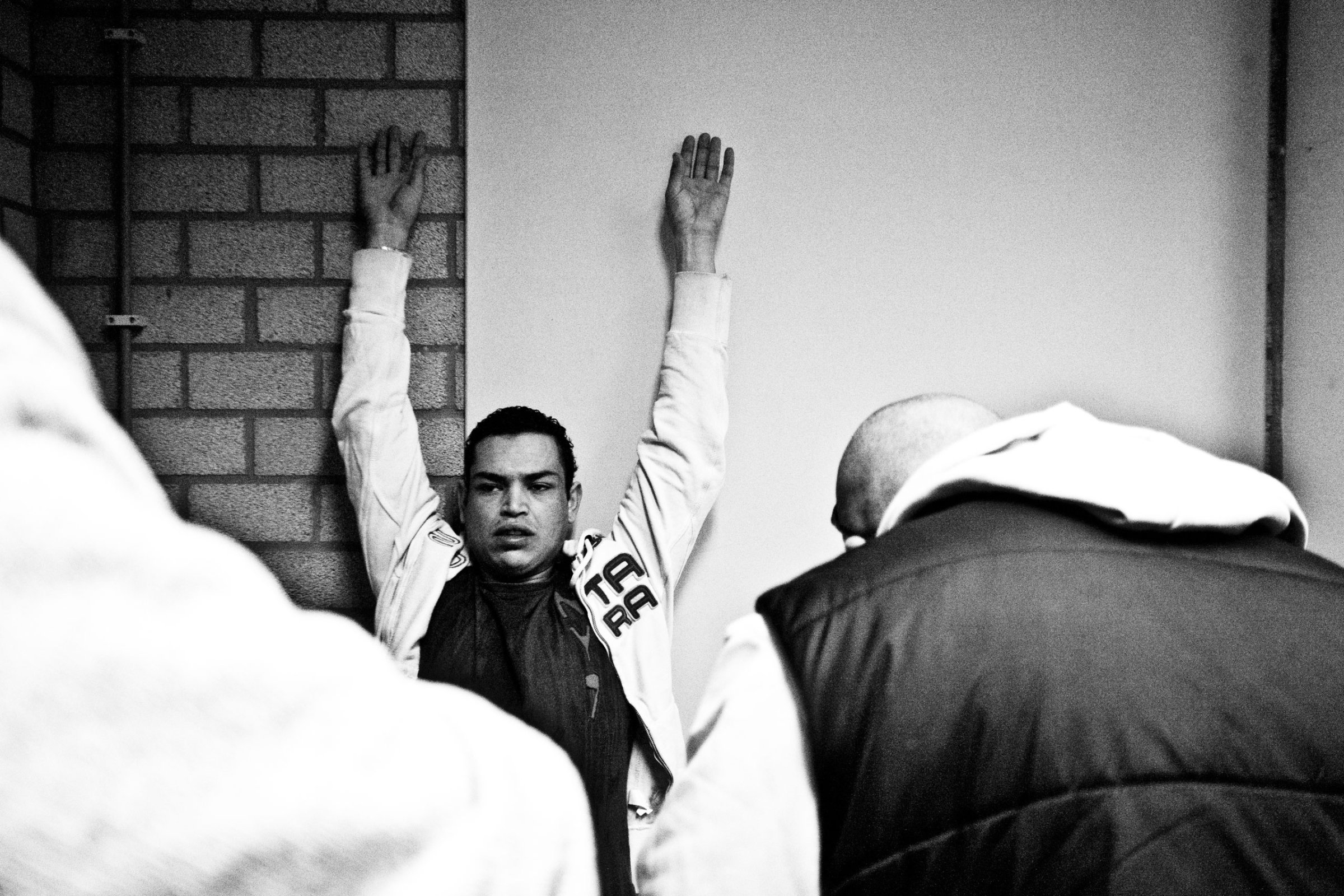
In the days following the terror attacks that left 129 people dead in Paris, the investigation turned toward a small suburb of Brussels, Belgium, in Molenbeek – a town with a history of Islamic extremism.
In addition to recent police raids in the town targeting suspects linked to the Paris attacks, one participant in the 2004 Madrid train bombings, which killed 191, was tied to the suburb, and the alleged terrorist behind a 2014 shooting at the Jewish Museum in Belgium also spent time in Molenbeek. The French train attacker, stopped by three Americans and one Brtish passenger earlier this year, had stayed in Molenbeek before his assault.
Why has this small section of Brussels amassed such an ignominious resume? Sebastien Van Malleghem, a Belgian photographer, may have some insight. In 2011, Van Malleghem was in Molenbeek, at the start of a four-year project on law and order in his native country. “I was following police officers in what is called Brussels West, a part of the capital that is considered, by authorities, as a hotspot,” he tells TIME. “The crime rate there tends to be higher than in other neighborhoods.”
Part of Van Malleghem’s work was to question the relationship between police forces and the people of Molenbeek. “I wanted to understand why there’s, at times, this tension between them,” he says. “I wanted to see how the police worked and how people reacted to it.”
Despite Molenbeek’s difficult past with Islamic extremism, architecturally and socially, the area “looks like any other city in and around Brussels,” says Van Malleghem. “It does have, however, a higher density of immigrants and a higher rate of unemployment. As a result, the crime rate is higher.”
But, it’s far from being the No-Go Zone that some media organizations have made it sound like, says the photographer. “I think we need to find the right balance when we talk about Molenbeek,” Van Malleghem says. “On the one hand, I’m not surprised to learn that there’s a group of people meeting up in Molenbeek to plot such attacks. But, at the same time, it could have happened in any other part of Brussels or Belgium.”
He adds: “It’s not because there are a lot of Arabs in Molenbeek that they’re all terrorists and that a woman can’t walk around without her veil. That’s just not true. But, of course, since the poverty rate is higher there, things can take a turn for the worse quicker than in other parts of town.”
And, as Van Malleghem’s photographs show, police officers are well aware of that fact. “The policemen I followed loved their job and were fair, making quick, clear and clean decisions,” he says. “But they weren’t the type of men who tried to understand the roots of what was going on socially in this neighborhood.”
The brigade also lacked resources and support from the justice system. “Often, these cops would arrest someone and find that person back on the streets the next day because there were no space in prison,” says the photographer. “These cops were frustrated, and that would affect their work and their attitude toward the local population.”
Sebastien Van Malleghem is a freelance photographer based in Belgium. His first photobook, Police, is available on his website.
Alice Gabriner, who edited this photo essay, is TIME’s International Photo Editor.
Olivier Laurent is the editor of TIME LightBox. Follow him on Twitterand Instagram @olivierclaurent
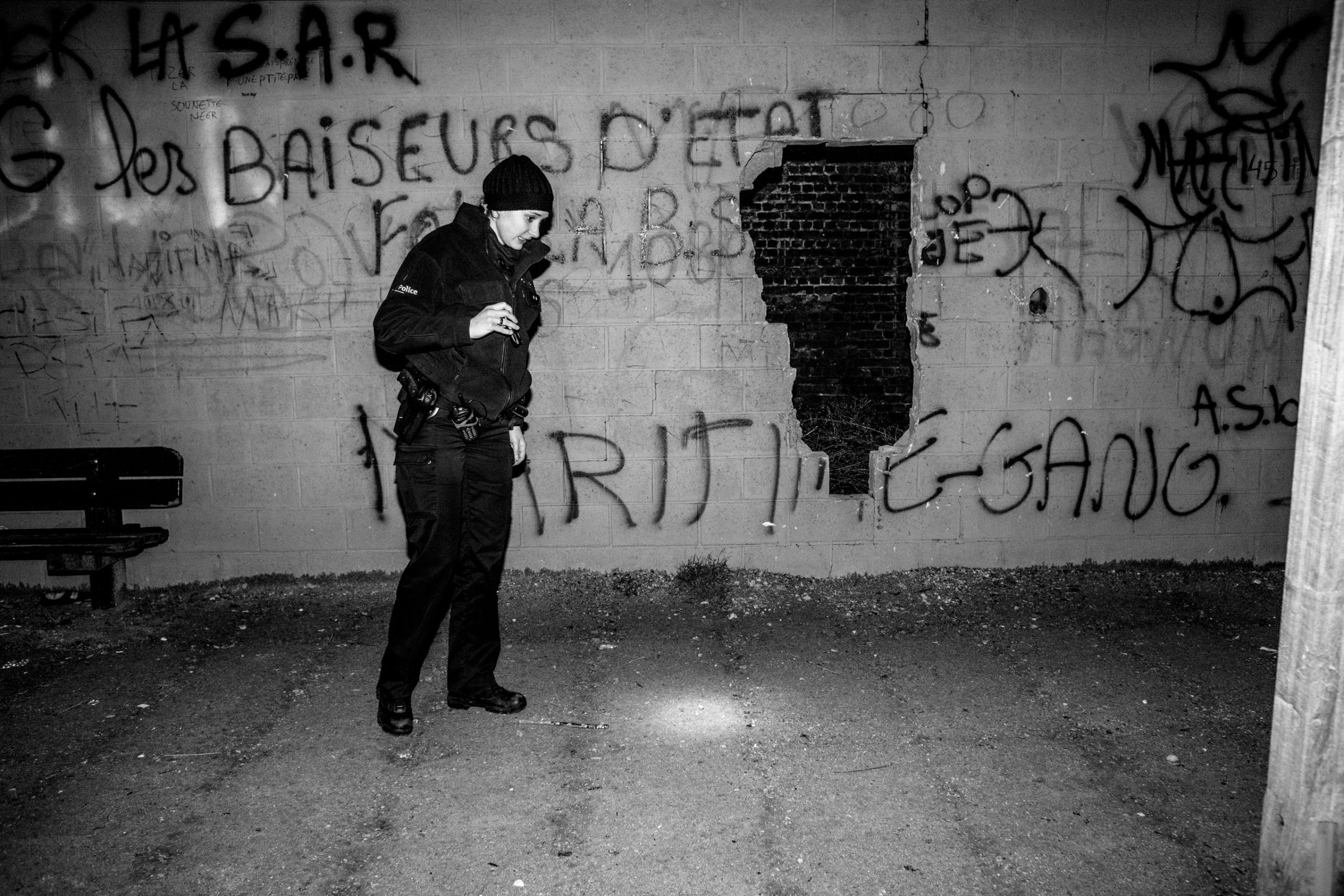
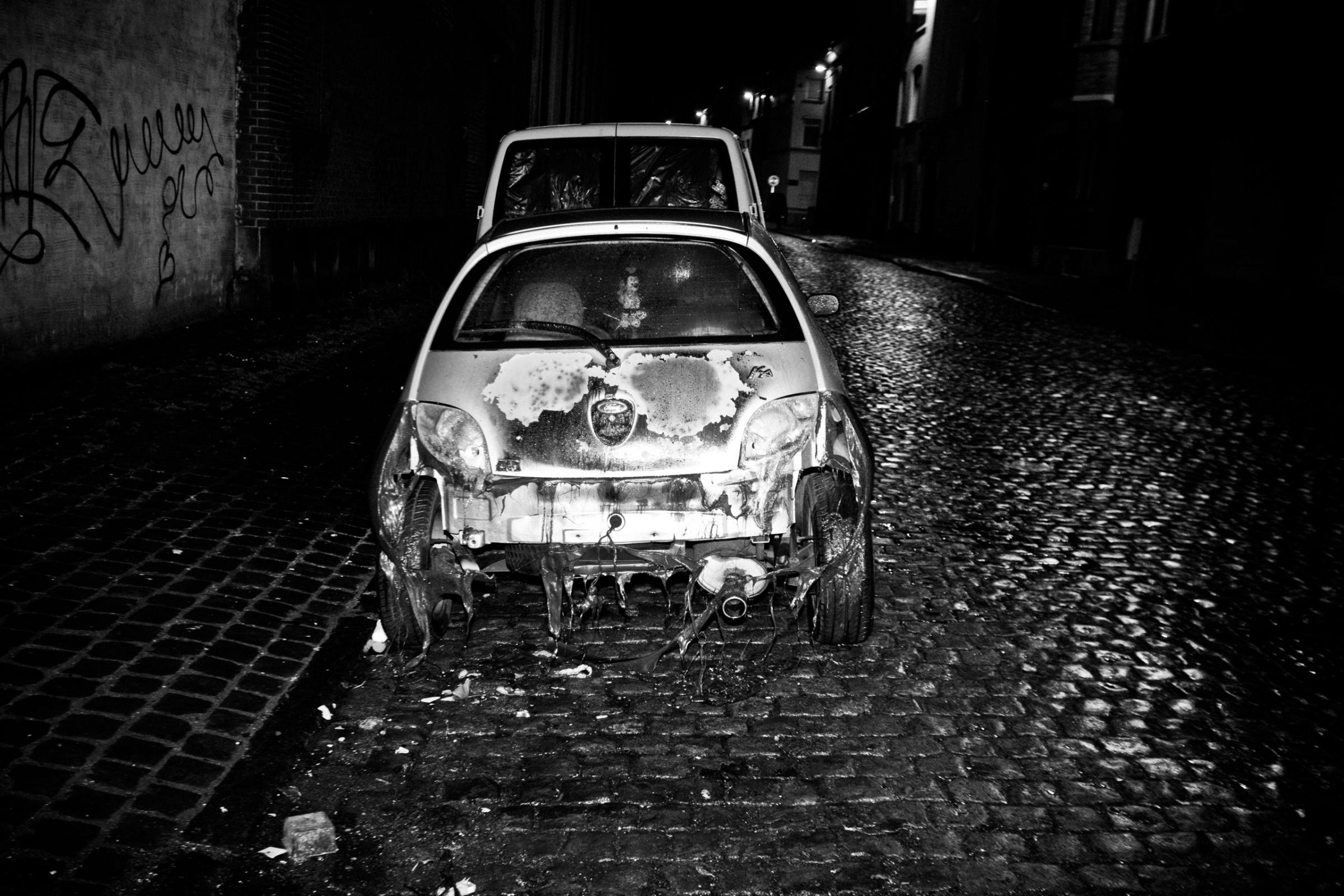
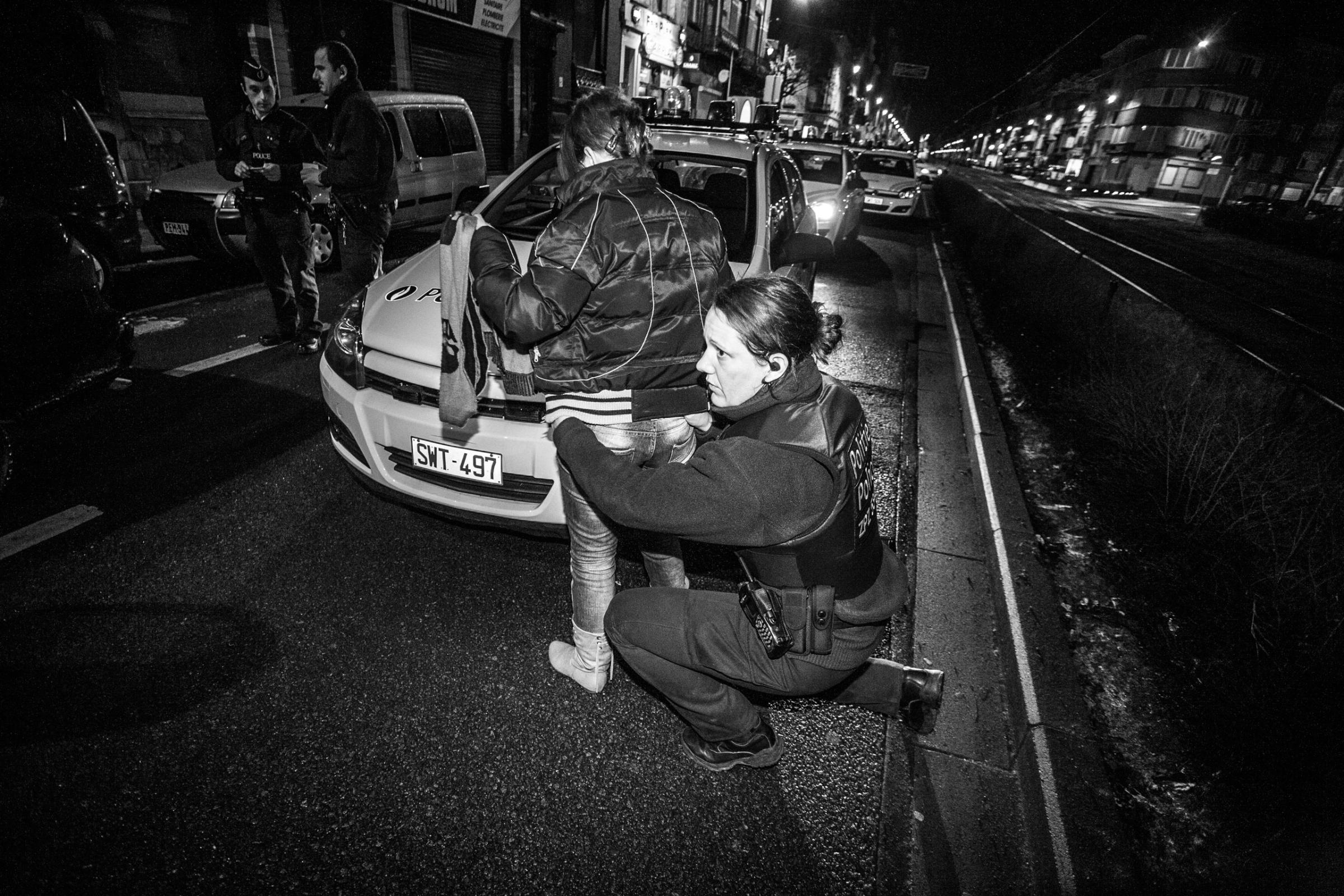
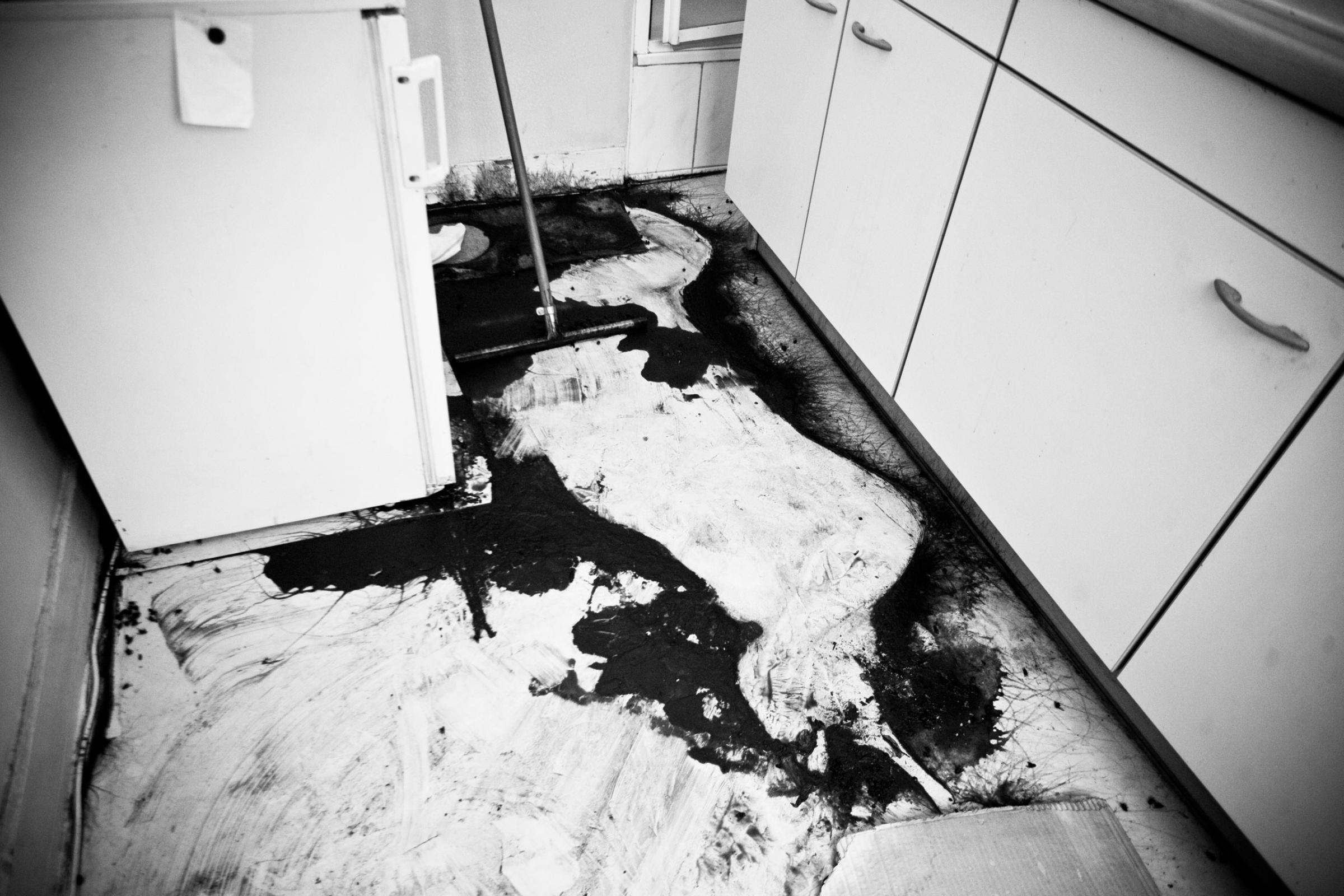
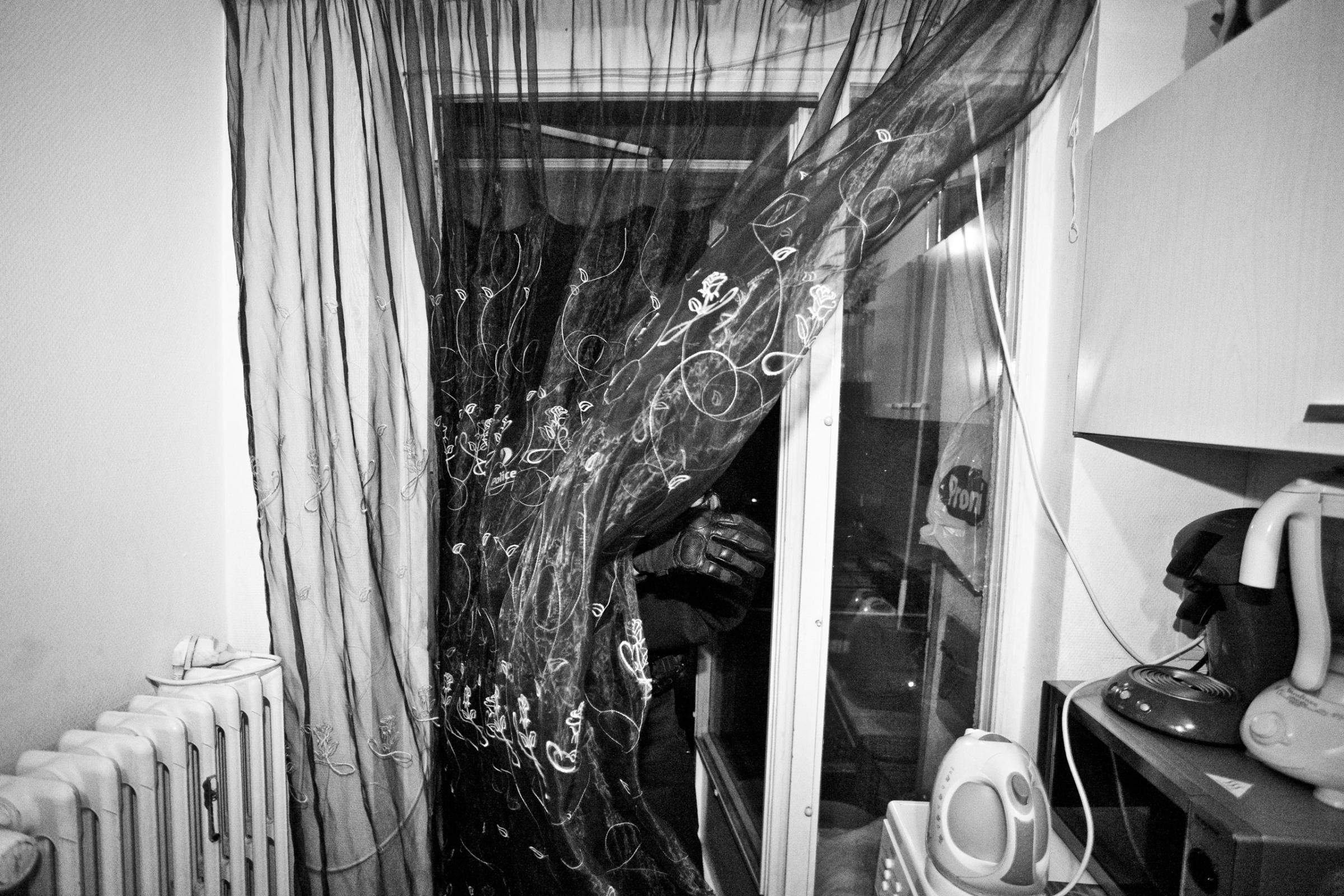
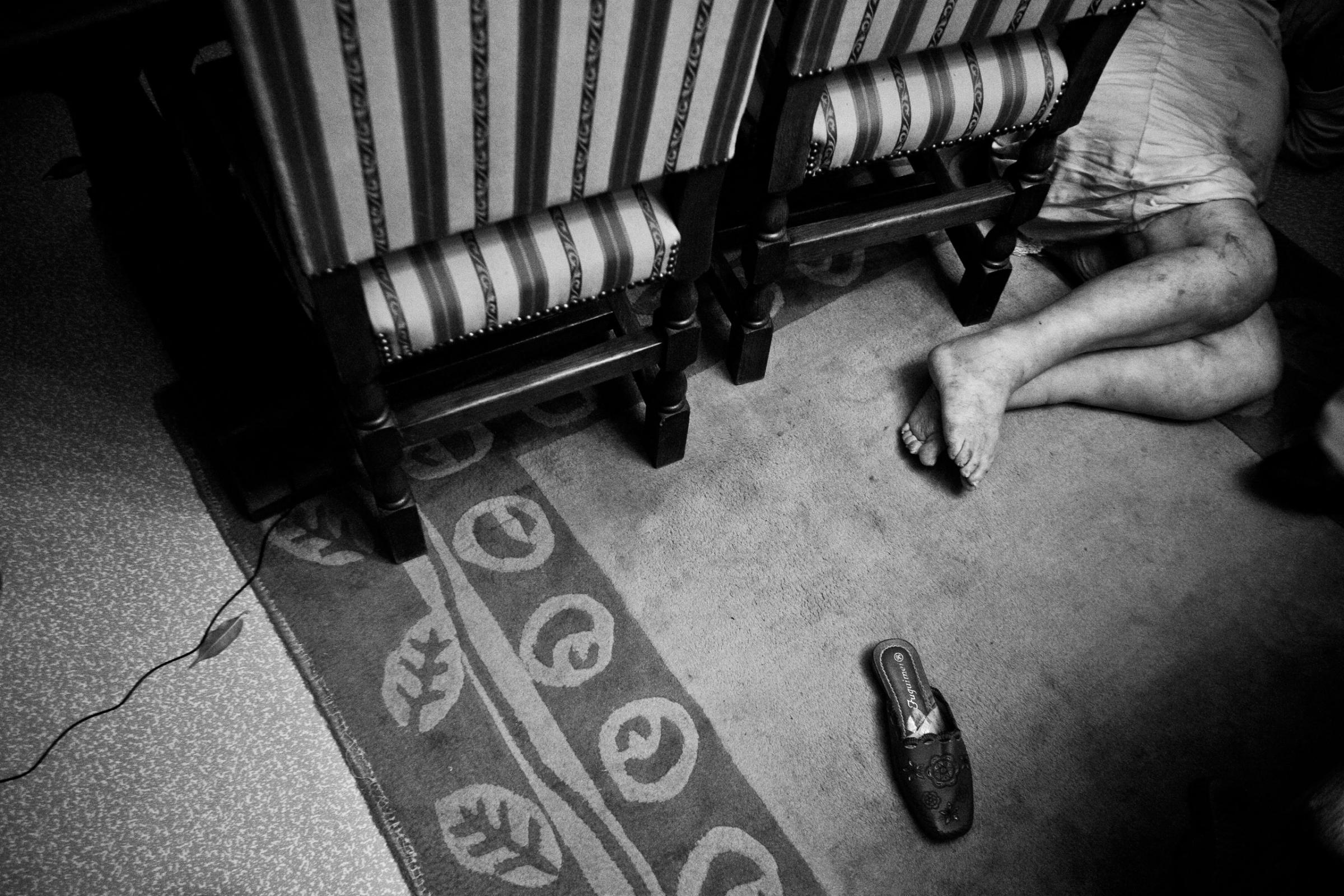
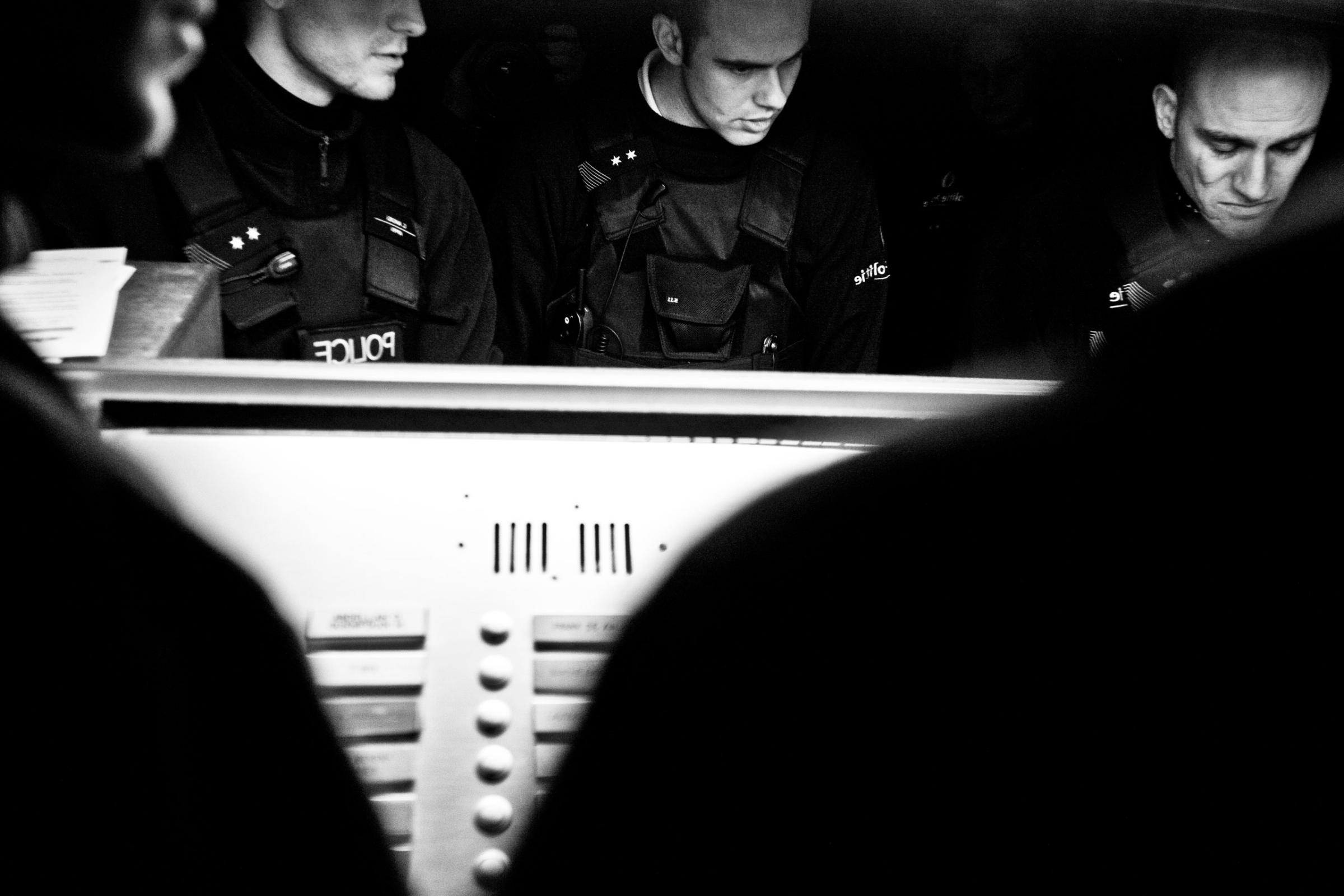
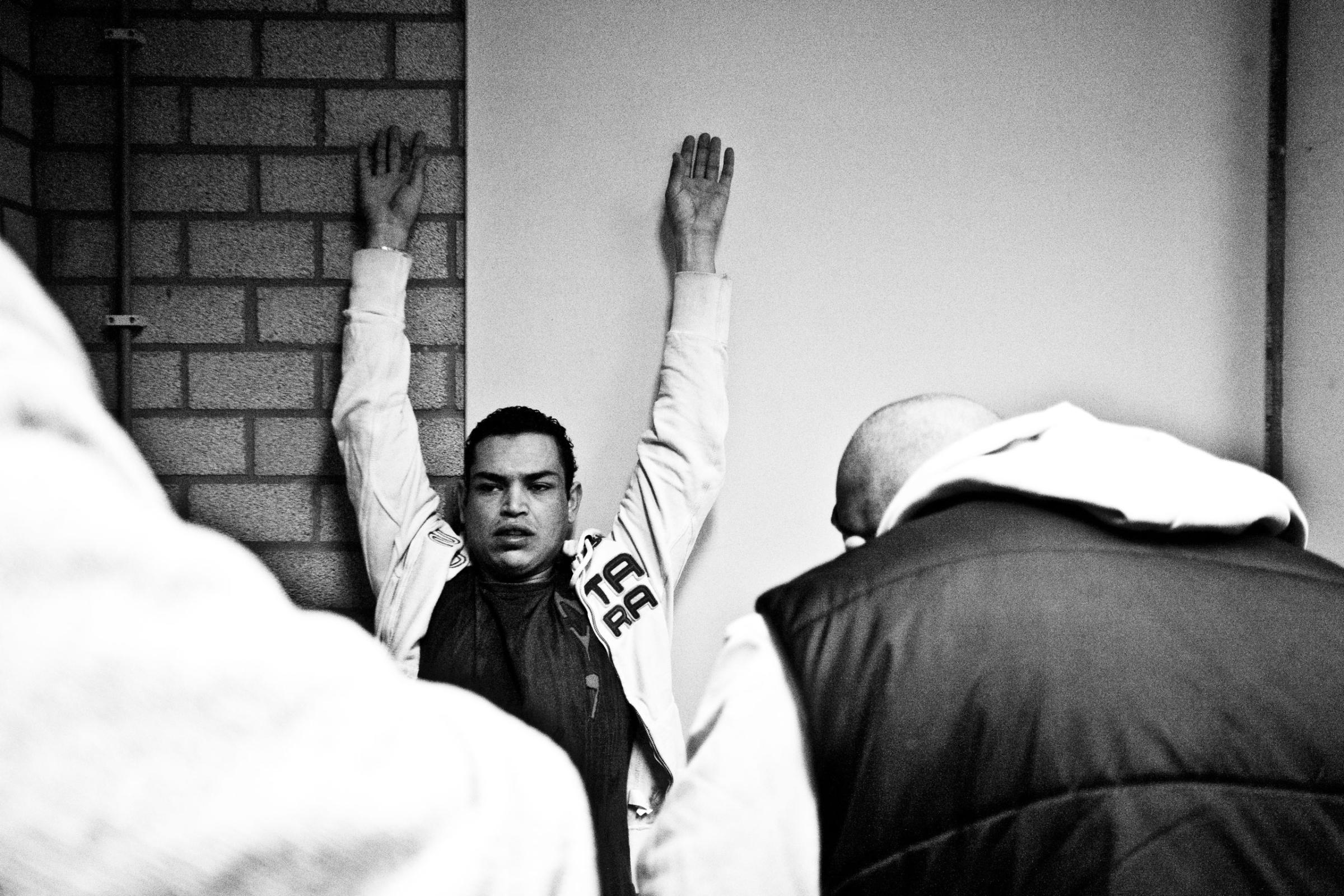
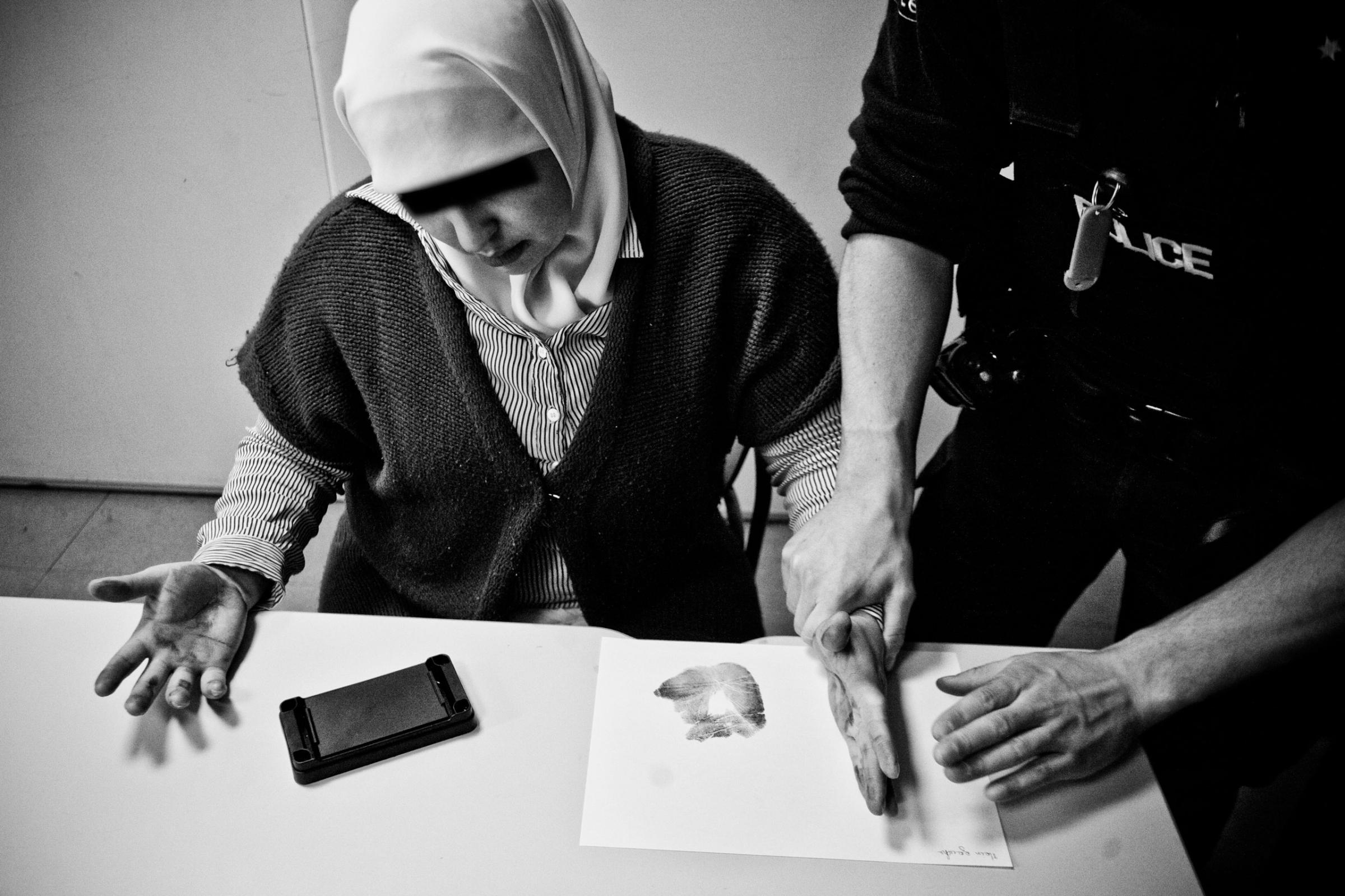
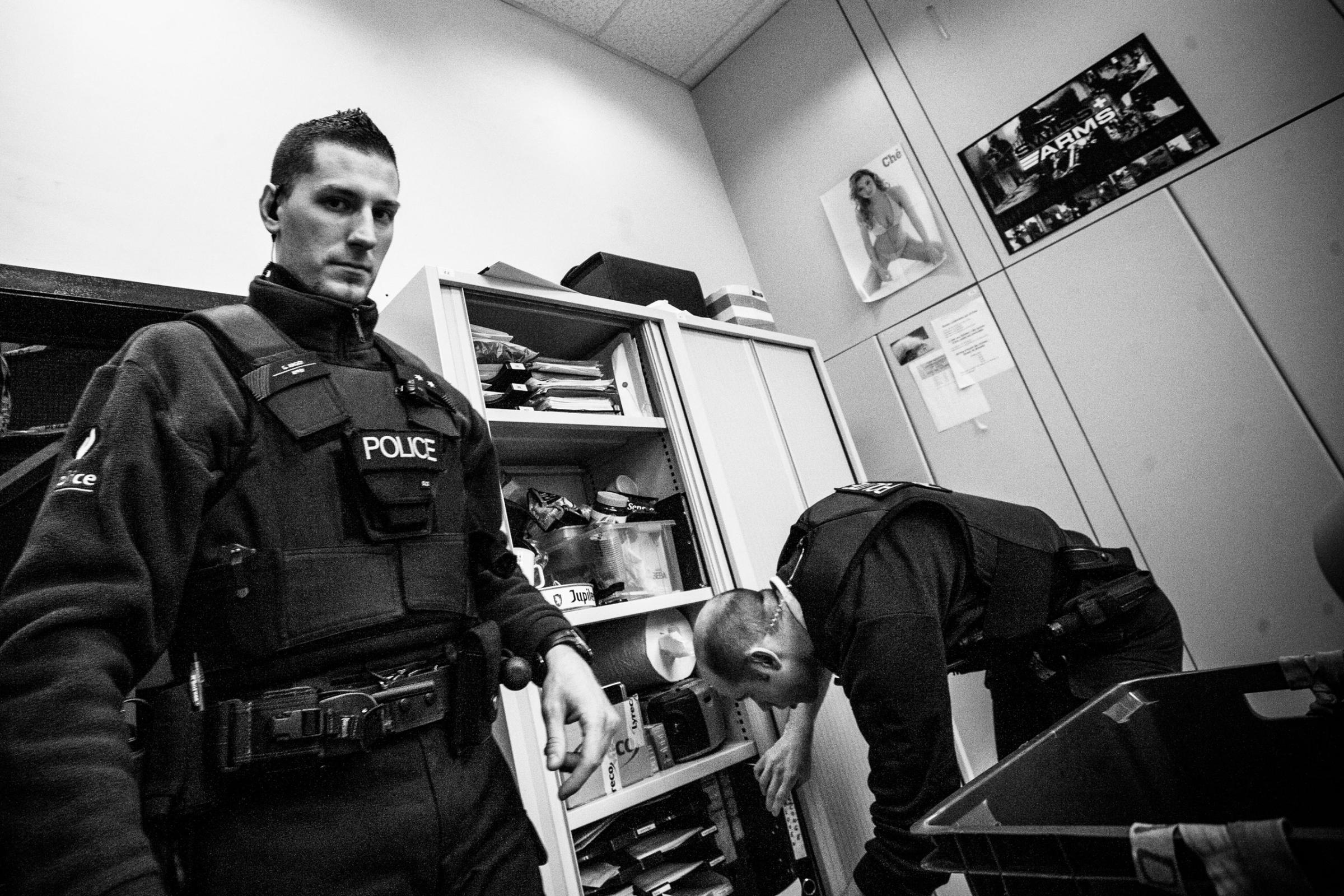
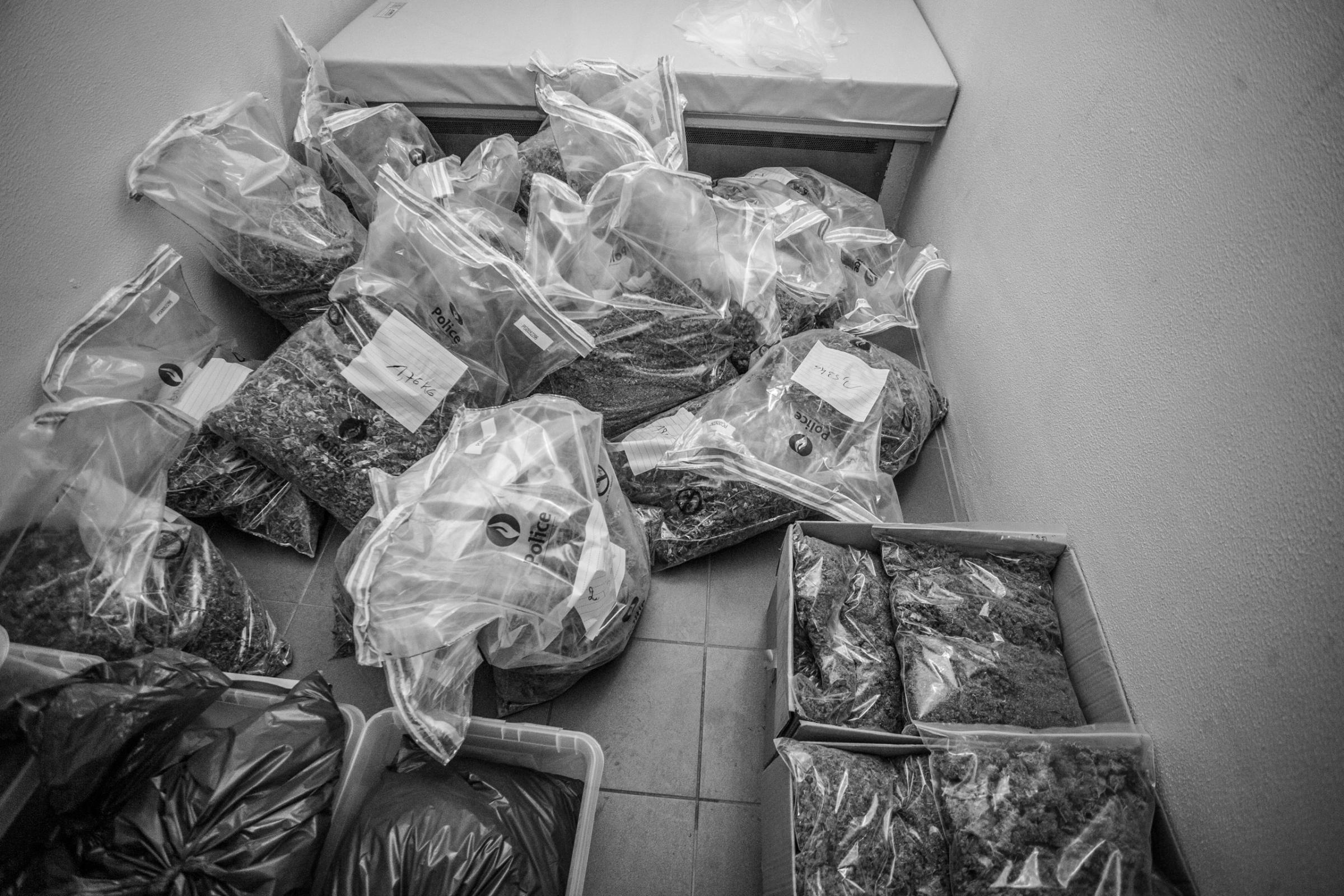
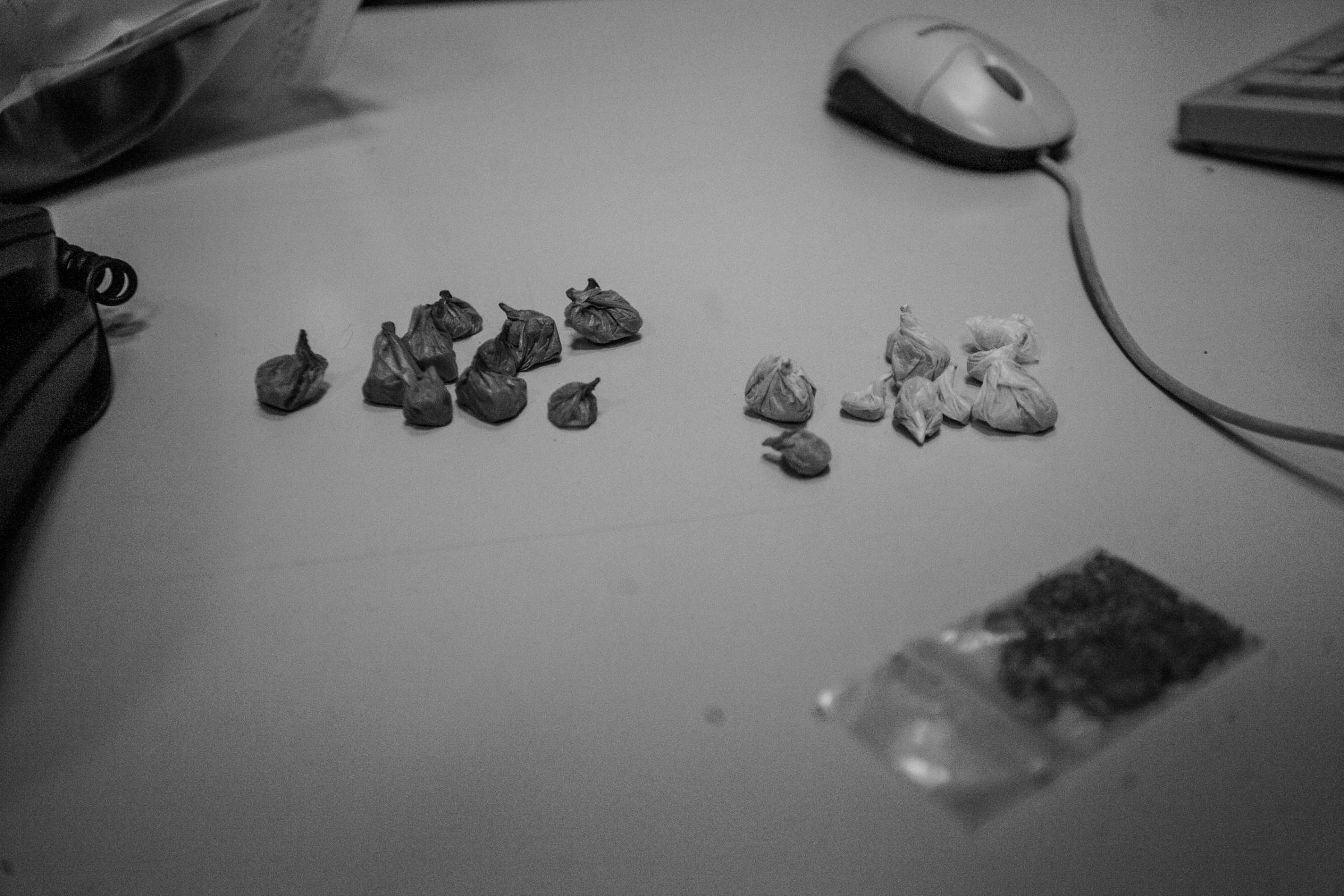
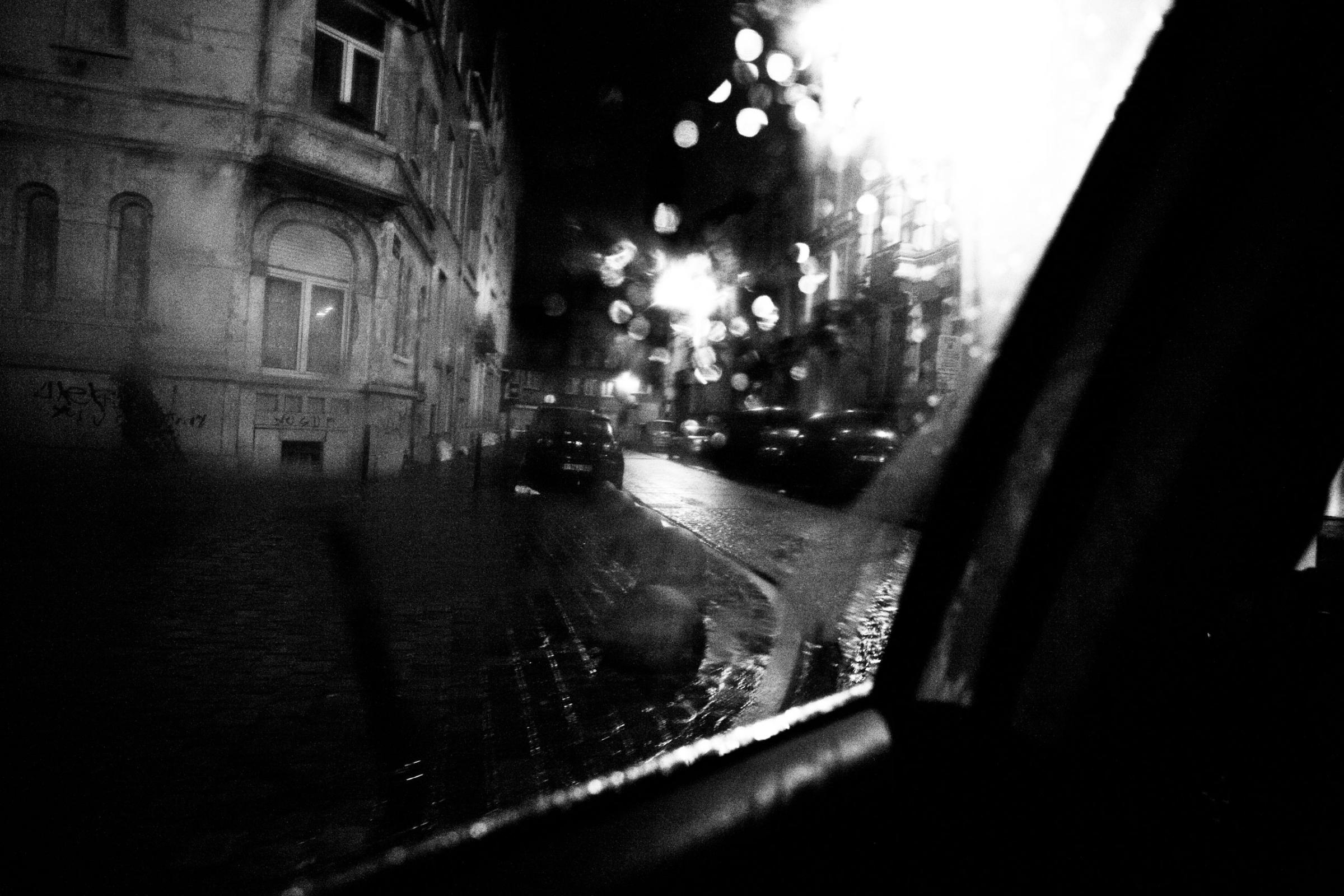
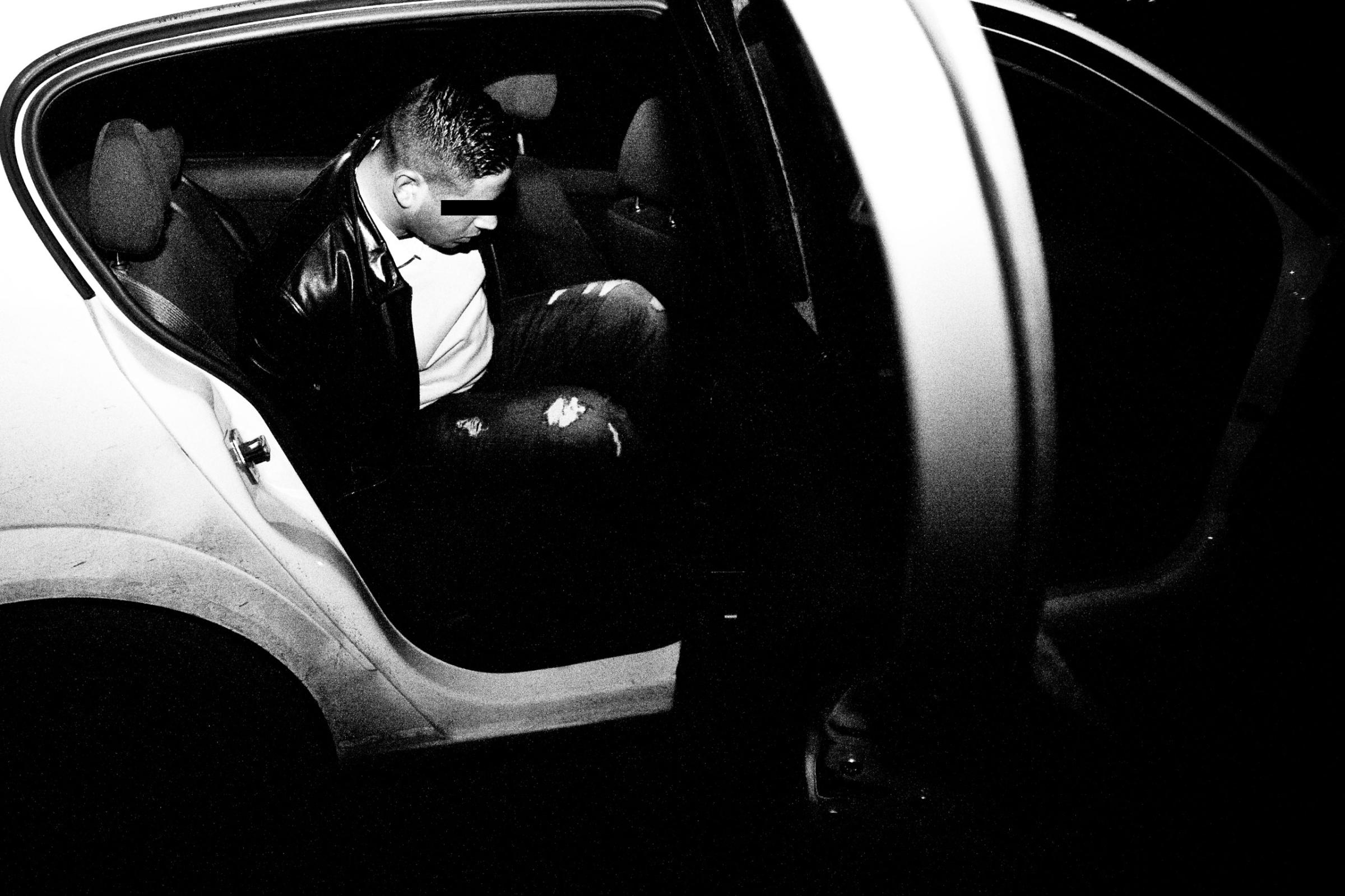
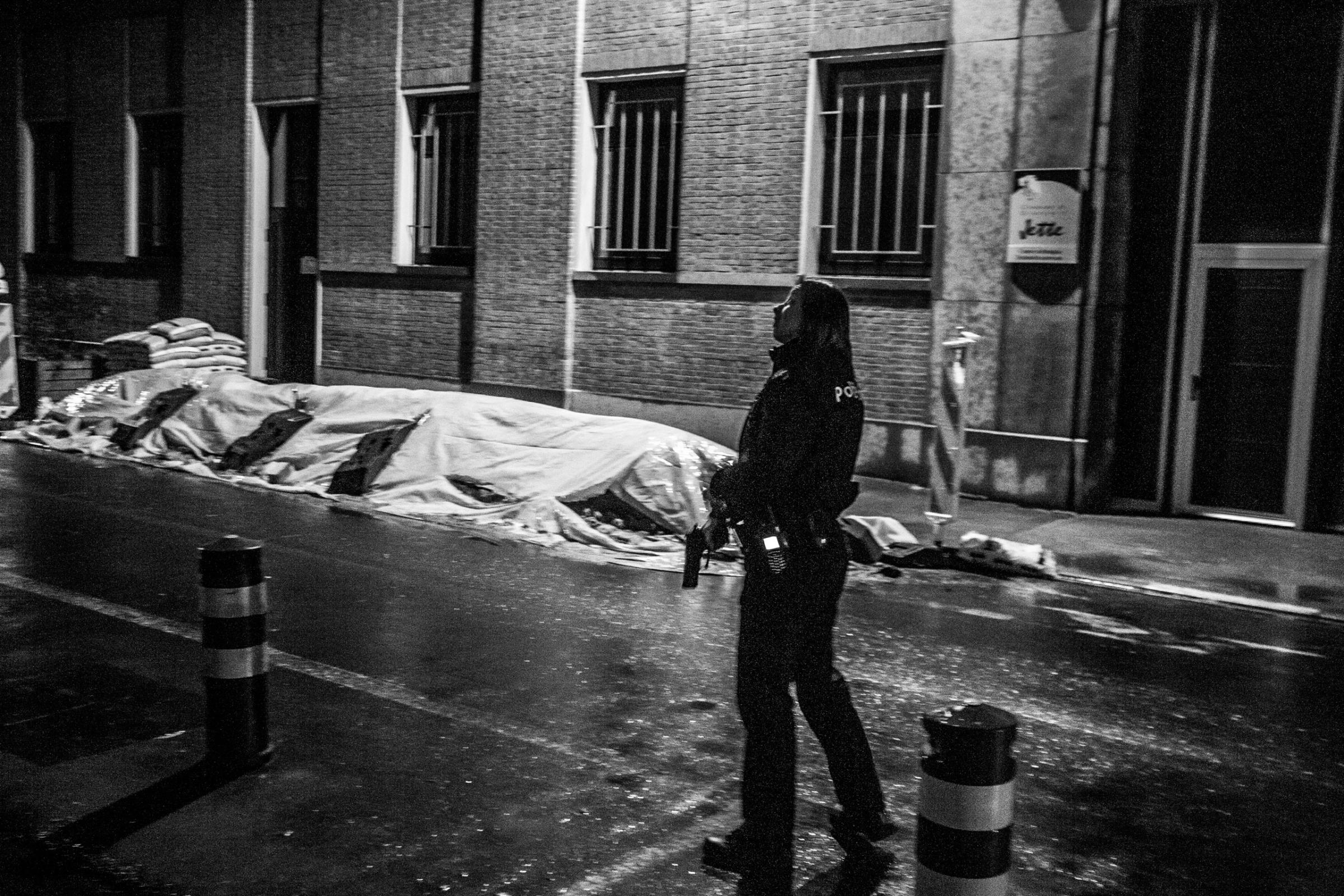
More Must-Reads From TIME
- The 100 Most Influential People of 2024
- The Revolution of Yulia Navalnaya
- 6 Compliments That Land Every Time
- What's the Deal With the Bitcoin Halving?
- If You're Dating Right Now , You're Brave: Column
- The AI That Could Heal a Divided Internet
- Fallout Is a Brilliant Model for the Future of Video Game Adaptations
- Want Weekly Recs on What to Watch, Read, and More? Sign Up for Worth Your Time
Contact us at letters@time.com